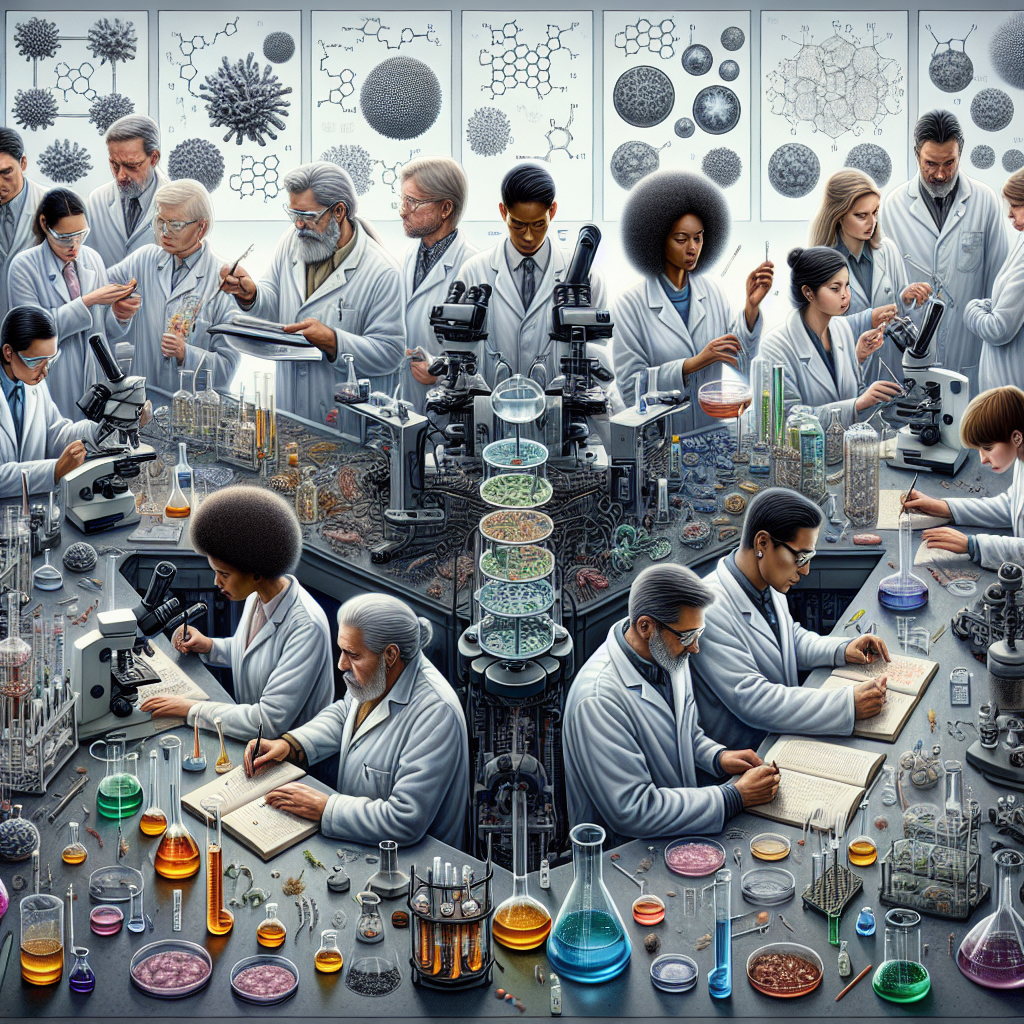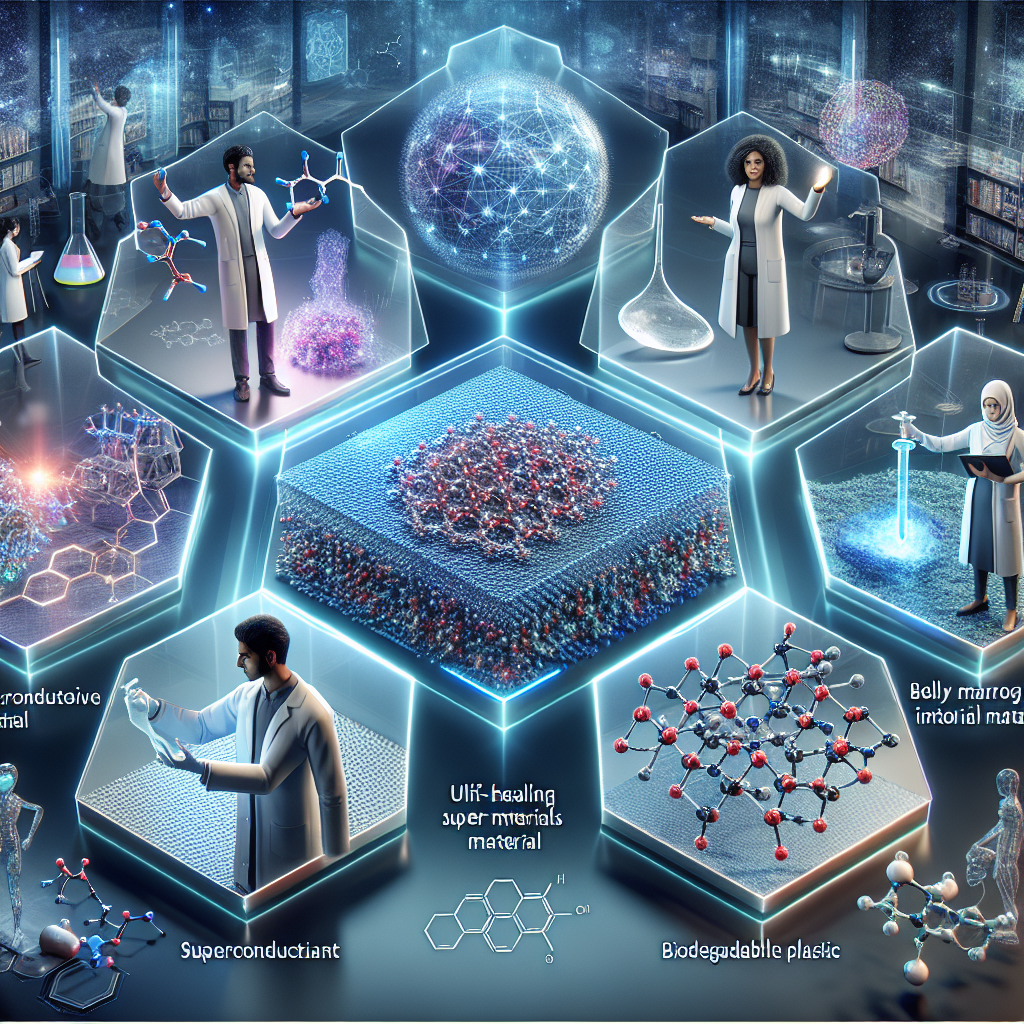Within the realm of medical analysis, the journey from laboratory discoveries to medical functions is a important step in translating scientific breakthroughs into tangible advantages for sufferers. This text explores the method of transitioning cutting-edge therapies from the lab to medical trials, paving the way in which for transformative therapies that maintain the potential to revolutionize healthcare.
The Promise of Slicing-Edge Therapies
Slicing-edge therapies embody a various array of revolutionary approaches, together with gene modifying, stem cell remedy, immunotherapy, and precision drugs. These groundbreaking interventions goal ailments at their root trigger, providing the prospect of simpler therapies with fewer unwanted side effects.
Harnessing the Energy of Gene Enhancing
Gene modifying applied sciences, corresponding to CRISPR-Cas9, allow scientists to exactly modify genes related to genetic problems, most cancers, and infectious ailments. By correcting genetic mutations or disrupting disease-causing genes, gene modifying holds immense promise for personalised drugs and focused therapies.
Unleashing the Potential of Stem Cell Remedy
Stem cell remedy harnesses the regenerative potential of stem cells to restore broken tissues and organs. From treating spinal twine accidents to regenerating coronary heart muscle, stem cell-based interventions supply hope for sufferers with debilitating circumstances for which standard therapies have fallen brief.
Revolutionizing Most cancers Therapy with Immunotherapy
Immunotherapy harnesses the physique’s immune system to focus on and destroy most cancers cells. From immune checkpoint inhibitors to chimeric antigen receptor (CAR) T-cell remedy, immunotherapies have revolutionized most cancers remedy, attaining outstanding outcomes for sufferers with beforehand untreatable malignancies.
Transitioning from Bench to Bedside: The Scientific Trial Course of
The transition from laboratory analysis to medical trials entails rigorous testing to judge the security, efficacy, and feasibility of novel therapies in human topics. Scientific trials are carried out in a number of phases, every designed to reply particular questions and collect proof to assist regulatory approval and eventual medical adoption.
Part I: Security and Dosage Testing
Part I trials assess the security and tolerability of a brand new remedy in a small group of wholesome volunteers or sufferers. Researchers decide the optimum dosage and determine any potential unwanted side effects, laying the groundwork for subsequent research.
Part II: Efficacy and Dose-Discovering
Part II trials consider the efficacy of the remedy in a bigger group of sufferers with the goal illness. Researchers assess the remedy’s means to provide the specified therapeutic impact whereas additional refining dosage and monitoring for hostile reactions.
Part III: Comparative Effectiveness
Part III trials evaluate the brand new remedy to present therapies or placebo in a bigger and extra numerous affected person inhabitants. These pivotal research present definitive proof of the remedy’s effectiveness, guiding regulatory selections and informing medical apply.
FAQs: Addressing Widespread Issues
Q1: How lengthy does it take for a remedy to progress from lab discovery to medical use?
A1: The timeline for translating a remedy from lab discovery to medical use can differ extensively, sometimes spanning a number of years to over a decade, relying on components corresponding to regulatory approval, funding, and medical trial outcomes.
Q2: What are the regulatory hurdles concerned in conducting medical trials?
A2: Regulatory businesses, such because the FDA in the USA and the EMA in Europe, oversee the approval course of for medical trials, making certain that therapies meet stringent security and efficacy requirements earlier than they are often administered to human topics.
Q3: How are sufferers recruited for medical trials?
A3: Sufferers are recruited for medical trials by means of numerous channels, together with healthcare suppliers, affected person advocacy teams, and on-line registries. Eligibility standards are established to pick contributors who meet particular illness standards and different examine necessities.
This autumn: What are the dangers and advantages of taking part in a medical trial?
A4: Scientific trial contributors might profit from entry to cutting-edge therapies earlier than they’re extensively out there, however additionally they face potential dangers, corresponding to unknown unwanted side effects or remedy ineffectiveness. Knowledgeable consent is important to make sure that contributors perceive the potential dangers and advantages earlier than enrolling.
Q5: How can sufferers be taught extra about ongoing medical trials for particular circumstances?
A5: Sufferers can discover medical trial databases, corresponding to ClinicalTrials.gov, or seek the advice of with their healthcare suppliers to find out about ongoing trials related to their situation. Affected person advocacy organizations and analysis establishments additionally present info and assets on medical trial participation.





